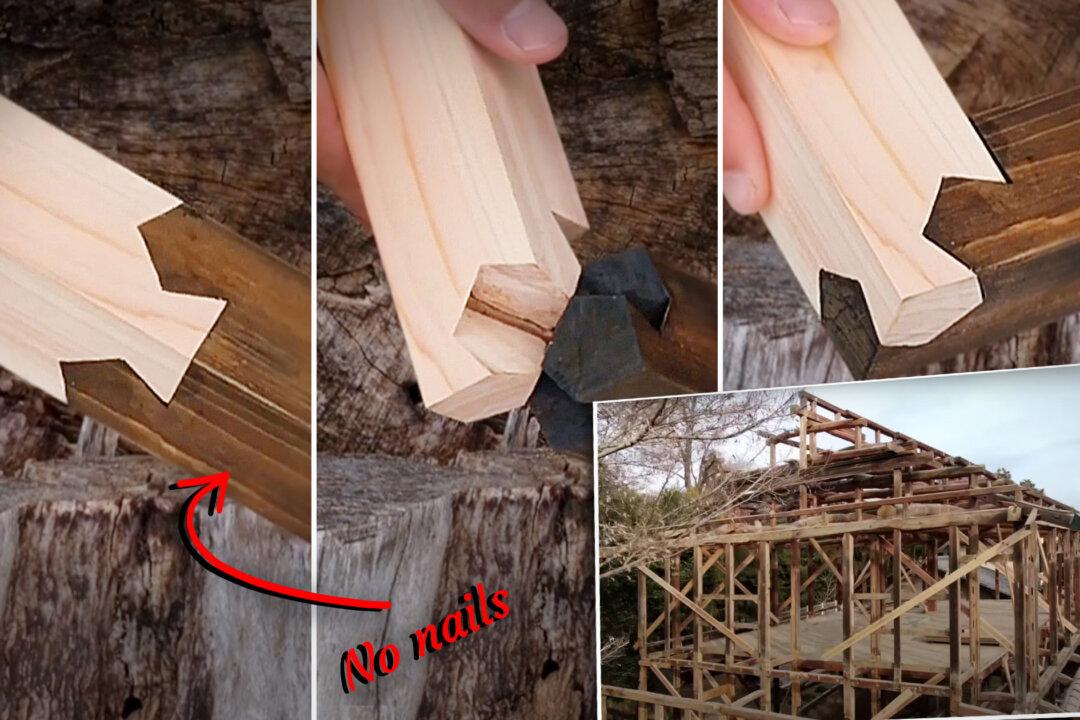The carpenters had not seen such awe-inspiring joinery except in textbooks until now. Even their master Japanese carpenter, with his 50 years’ experience in the trade, hadn’t laid eyes on such old-time craftsmanship before—not in practice, anyway. They examined the wooden bones of a 95-year-old, two-story kominka (or traditional Japanese house) and would not find a single nail fastening the works.
Dylan Iwanuki, 26, moves frequently from job site to job site working on old traditional Japanese construction projects such as kominkas and shrines. This kominka had belonged to a building company owner before being abandoned and then sold to a designer of chairs, Taka Yoshino, whose vision was to transform it into a chair museum—complete with a café overlooking Mount Fuji.






